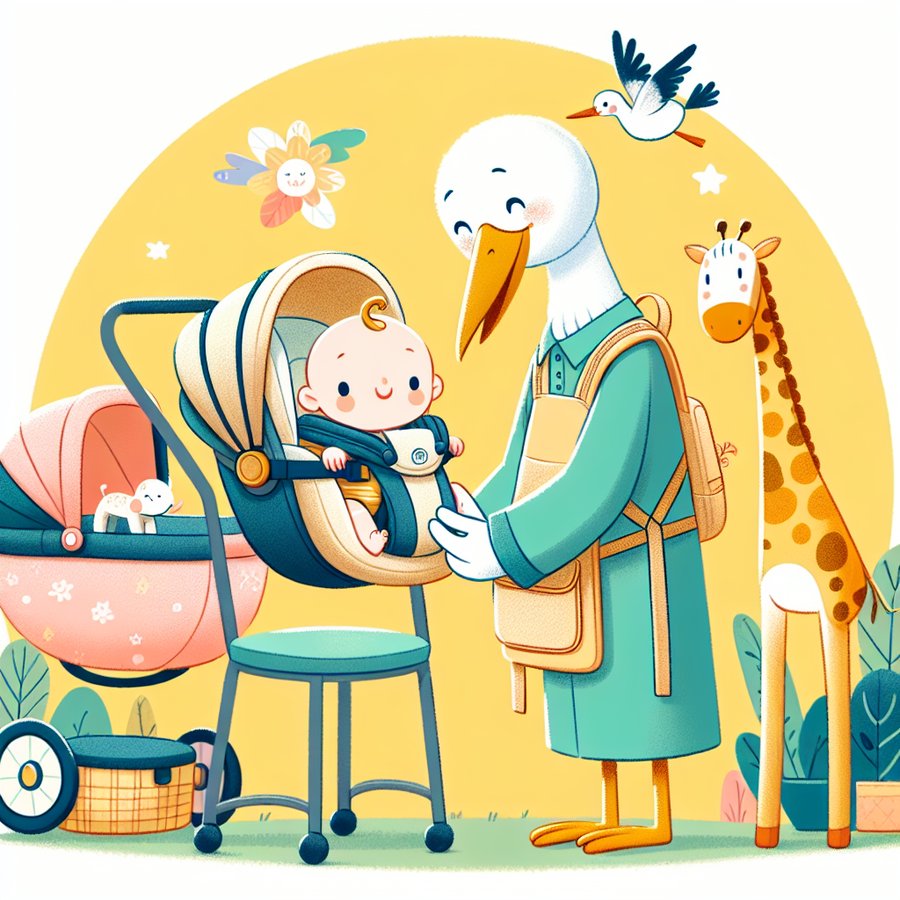Understanding the Guidelines for baby ergonomics: Carriers and seating is crucial for parents and caregivers who want to ensure their little ones’ comfort and healthy development right from the start. In this detailed guide, we delve into the best practices for selecting and using baby carriers and seating options, catering to the intricate needs of growing babies.
What is Baby Ergonomics?
Baby ergonomics focuses on designing and arranging everything babies use in such a way that it fits their bodies and their movements, promoting healthy growth and development. This concept is especially important when it comes to carriers and seating, as these are tools that will be used daily, influencing your baby’s posture and skeletal development.
Choosing ergonomically designed products can reduce the risk of developing conditions like flat head syndrome and hip dysplasia, among others. It also ensures that babies are supported in their natural posture, which is crucial for their overall development.
The Importance of Selecting the Right Carriers and Seating Options
The Guidelines for baby ergonomics: Carriers and seating stress the importance of selecting products that provide proper support to the baby’s back, neck, and hips. The wrong carrier or seating option can lead to discomfort for both the baby and the caregiver, and in some cases, may contribute to developmental issues.
When choosing a baby carrier, it’s essential to look for one that allows the baby to sit in the ‘M’ position, which supports healthy hip development. Similarly, seating options should offer adequate back support and encourage the baby’s natural posture.
Guidelines for baby ergonomics: Carriers and Seating
Following the Guidelines for baby ergonomics: Carriers and seating can make a significant difference in your baby’s comfort and development. Here are some key points to consider:
- Always choose a carrier that supports the baby’s thighs all the way to the knees, creating an ‘M’ shape.
- Ensure that seating options have a firm backrest that supports the natural curve of the baby’s spine.
- Look for products that are adjustable, allowing them to grow with your baby and provide the right support at all stages.
- Avoid carriers or seats that let the baby’s legs dangle or that place undue pressure on the spine or hips.
For those interested in exploring more about baby safety and health, reading about Understanding Infant CPR: A Lifesaving Guide for Parents can provide you with essential knowledge. Similarly, ensuring your baby’s safety in vehicles is paramount, making Choosing the Safest Baby Car Seats for Newborns a must-read. And to further protect your baby from common risks, consider learning about Common Household Hazards for Babies and How to Childproof.
Remember, the goal of baby ergonomics is not just to prevent immediate discomfort or injury but to promote a foundation for healthy growth and development. By carefully selecting and properly using carriers and seating according to the Guidelines for baby ergonomics: Carriers and seating, you are investing in your baby’s well-being for years to come.
For more detailed information, consulting the International Association for Pediatric Ergonomics can provide additional insights into selecting the best ergonomically designed products for your baby.













